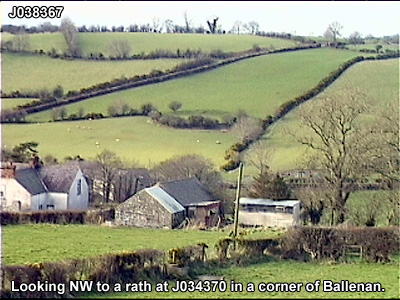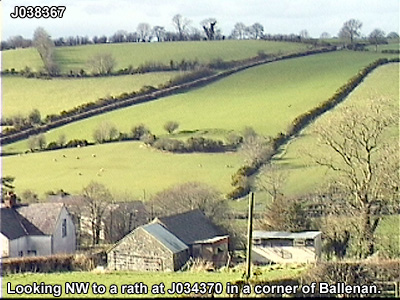

The first settlers in this area lived off the produce of the land, hunting or fishing for meat and eating the food provided by local trees and plants. In time, this organised into what we today would recognise as domestic agriculture. Animals were brought within the boundaries of the community and used to provide meat and milk. Likewise plants and trees producing food were planted and harvested by the community.
We know little of the daily agricultural practices of these early settlers except that the implements uncovered by archaeologists demonstrated that their lives were far from being easy. Cultivation of the land no doubt took up much of their time, often for very little return. Labour was essentially manual and involved the majority of the community if a harvest was to provide for all. Even when horsepower was harnessed as a means of cultivating larger areas of the land, manual labour was scarcely less intensive.
The lives of these early farmers were extremely uncertain. With no means of predicting the weather, the farmers and their harvest were at the mercy of the weather and with little or no diversification of produce families frequently faced starvation and disease. The fourteenth century proved especially difficult beginning with the Great Famine of 1317, the heavy snows of 1318 and the Great Plagues of 1322 and 1324. In addition, heavy rains decimated crops and an unknown plague swept through the cattle herds. Farming at this time was more about survival and at that time inhabitants were reduced to mixing milk with blood to fortify their diet.


